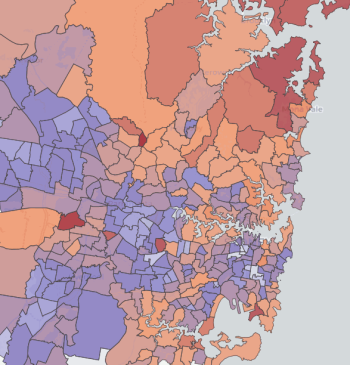Finding The Safe Space: Why We’re All Talking About Data Clean Rooms
08 Feb

They might sound like something from a sci-fi movie, but data clean rooms have emerged as a way for advertisers to ensure their data is working for them.
Consultancy firm and technological prophet Gartner has predicted that by 2023, 80 percent of advertisers with media budgets of $US1 billion or more will be utilising data clean rooms.
So what are data clean rooms?
With increased regulation around how businesses can collect data, data sharing between businesses has emerged as a way for companies to increase the effectiveness of data while maintaining user privacy. Businesses can now share their first party data with that of another company in order to gain a broader understanding of their customers and the wider industry.
With data sharing growing in popularity, data clean rooms are a way for businesses to combine their data, without the risk of any mishandling of data.
Data clean rooms are safe environments where two parties can match data sets based on common variables. The key with data clean rooms, however, is that data is matched in a manner that ‘avoids contamination’, meaning businesses always remain in control of their data and personally identifiable information is never exposed. To ensure this, the data is aggregated and then matched with other sets of aggregated data. This maintains the value of the data while also protecting user privacy.
The data clean room model has been embraced by tech giants as a way to offer advertisers improved results while maintaining consumer privacy. This is largely due to the fact these tech giants have so much valuable first party data at their disposal.
Google recently launched its Ads Data Hub as an example of a data clean room service in action. The Ads Data Hub allows businesses to upload their first party data and join it with Google’s event-level ad campaign data. Within the Data Hub, results are aggregated over a group of users, meaning PI remains anonymous and user privacy is not impeded. Similarly, Facebook’s enterprise data sharing service provides advertisers with a platform to combine first party data with platform user data.
As the name might suggest, data clean rooms can also help companies with the process of eradicating ‘dirty data’. A study from the Harvard Business Review found that just three percent of businesses have access to data that meets basic quality standards. Through combining their data with another source, businesses can identify the data that is most valuable to them and start to ‘trim the fat’ in terms of excess data.
The second party data that data cleanrooms give access to can also prove useful for internal business decisions, as this data is essentially someone else’s first party data, meaning it can potentially point out inefficiencies (or other lessons) that can be applied in a different context.
Not just tech giants
While the likes of Google, Facebook and Amazon are all helping to make a name for data clean rooms, it is worth remembering that it is not just these tech giants that are combining first party data sets in a secure way.
Having approved access to someone else’s validated first-party data ensures the reliability of the data is high, while ensuring this data is shared in a safe environment means the risk of a privacy breach is extremely low. These are basic principles that we here at smrtr follow in our offerings. Similar to data clean rooms, we also work with anonymised data to ensure an individual’s personal information is never exposed.
We help our partners combine their first party data with our data, which uses the purchasing signals of millions of Australians. Like Google and Facebook, we work with anonymised data stored using best practice technology to ensure that personally identifiable data is never exposed.
To find out more contact us and we’ll be in touch by the next business day.
By Steve Millward, General Manager – Commercial at smrtr




